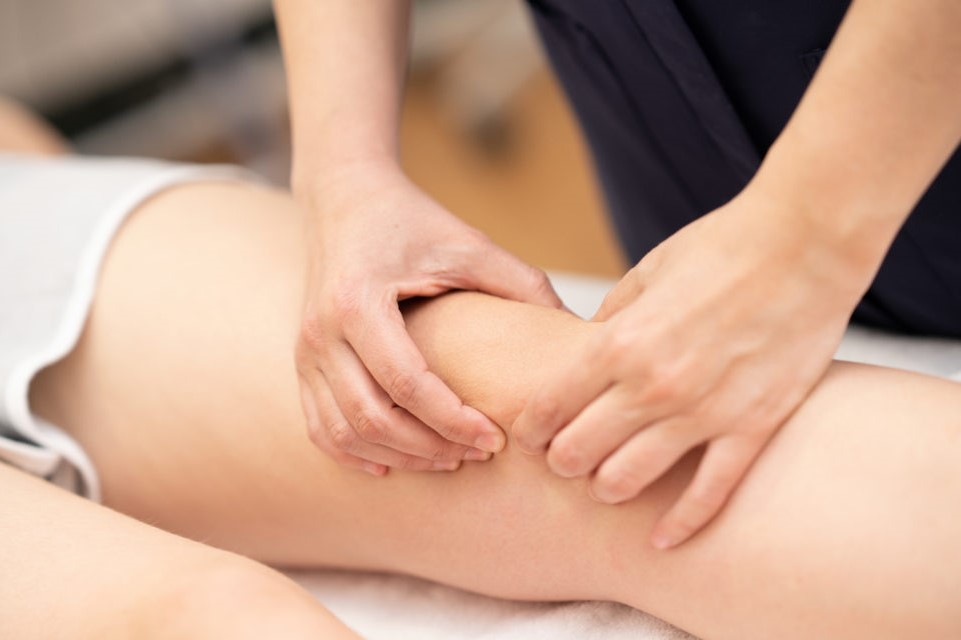
What are cartilage injuries of the knee
Cartilage lesions of the knee are a type of pathology that mostly affects the elderly population (>65 years), as they represent the beginning of arthrosis
It can happen, however, that an athlete can also suffer a cartilage lesion at a young age following an injury.
Cartilage injuries of the knee – the symptoms
Cartilage injuries of the lower limb are characterised by pain and swelling: the knee tends to lock and swell.
The pain (of the affected joint or of the regional musculature) is most intense in the morning, subsides with movement, may flare up after exertion, and generally subsides during night rest.
Joint function becomes limited first by pain, then by mechanical obstructions (due to cartilaginous fragments being released into the joint) that may prevent normal activities from being performed.
The cartilaginous lesion can extend to a large part of the knee even in young sportsmen; we will then speak of early arthrosis (this picture often occurs in patients with ligament injuries that have been neglected for years).
If the injury is limited to a few points, the prognosis may be favourable and it is possible to restore the joint’s integrity with surgical treatments, such as transplantation.
Therapy in cartilage lesions of the knee
The therapy for this pathology is surgical.
However, an attempt at conservative therapy with ‘chondroprotective’ drugs and/or ‘viscosupplementation’ with infiltrations is appropriate.
In the case of diffuse arthrosis in patients under the age of 65, an osteotomy is generally performed, i.e. a cut in the bone that changes the load on the knee, unloading the most damaged part.
If the patient is older than 65 – or the joint is severely damaged – prosthetic implants are used, which allow total replacement of the joint.
Such implants are made of metal (high-grade titanium) and are usually cemented to the bone, especially in the case of a porotic, i.e. weak bone.
In recent years, the mini-prosthesis or mono-compartmental prosthesis, i.e. a small prosthesis of about 3-4 cm that only covers the worn part and not the entire knee, has become increasingly successful.
In the case of athletes under 40 years of age, cartilage transplantation can be performed
This operation is performed in three ways it is possible to take a tablet of cartilage and bone from unused areas of the knee and – after removing the damaged area – transplant the graft during the same operation (performed arthroscopically); another opportunity comes from performing microfractures, i.e. perforating the suffering area, stimulating healing (and not regrowth of cartilage); the third and more complicated method involves taking cartilage cells from the patient, having them cultured in the laboratory and re-implanting them after about 30-40 days. with a second operation.
All these methods do not have a guaranteed result, which largely depends on the biological and regenerative capacity of each patient.
In particular, cartilage transplants are to be absolutely discouraged in patients over 40 years of age, given the high probability of failure (around 90%).
Read Also:
Emergency Live Even More…Live: Download The New Free App Of Your Newspaper For IOS And Android
What Is Knee Synovitis And How Is It Treated?
Knee Ligament Rupture: Symptoms And Causes
Lateral Knee Pain? Could Be Iliotibial Band Syndrome
Knee Sprains And Meniscal Injuries: How To Treat Them?
Treating Injuries: When Do I Need A Knee Brace?
Wrist Fracture: How To Recognise And Treat It
How To Put On Elbow And Knee Bandages


